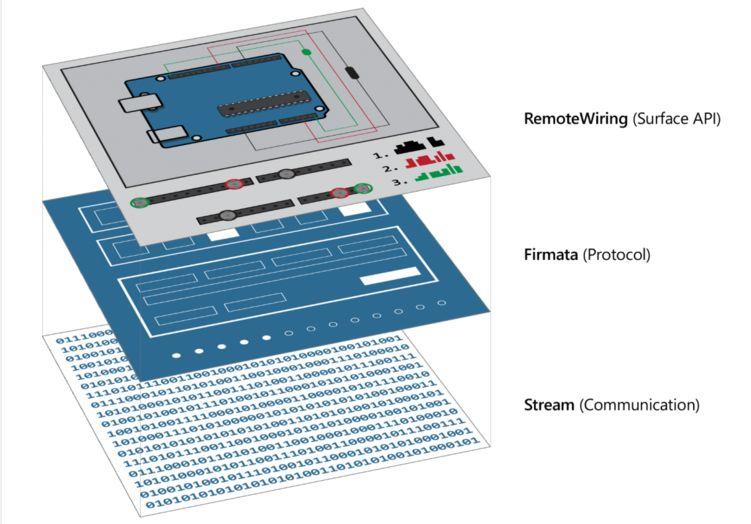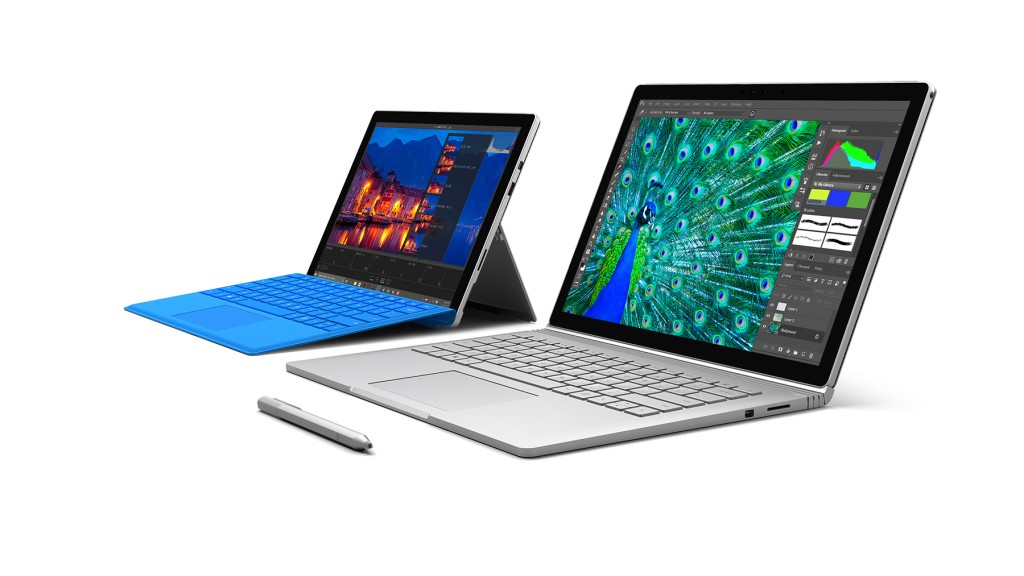An Overview Of Windows Remote Arduino
Windows Remote Arduino is a technology used in World’s Largest Arduino Maker Challenge. It is an open source Windows library that allows any Windows 10 device to remotely control an Arduino. These devices, include Window Phone, Surface, and even Raspberry Pi 2. Developers can now integrate there Arduino sensors into Windows project using the library.
Here’s the GitHub page for Windows Remote Arduino library in a repository “remote-wiring”.
Windows Remote Arduino have a potential of controlling the following Arduino functions:
- GPIO – Analog and Digital I/O
- Digital write
- Digital read
- Analog write (PWM)
- Analog read
- Setting pin mode
- Receiving events when pin values are reported or changed
- Send and receive data between devices over I2C
Windows Remote Arduino Architecture
Here’s the architecture:
Image Credit: blogs.windows.com
The Windows Remote Arduino built like a three-layer cake:
Bottom Layer (Steam): Physical communication is necessary to allow raw data to be exchanged between Windows and the Arduino device.
Middle Layer (Firmata): Protocol Layer decodes the raw incoming data into meaningful messages.
Top Layer (RemoteWriting): The surface API, which abstracts away all protocol messages and allows for remote control of the Arduino.




